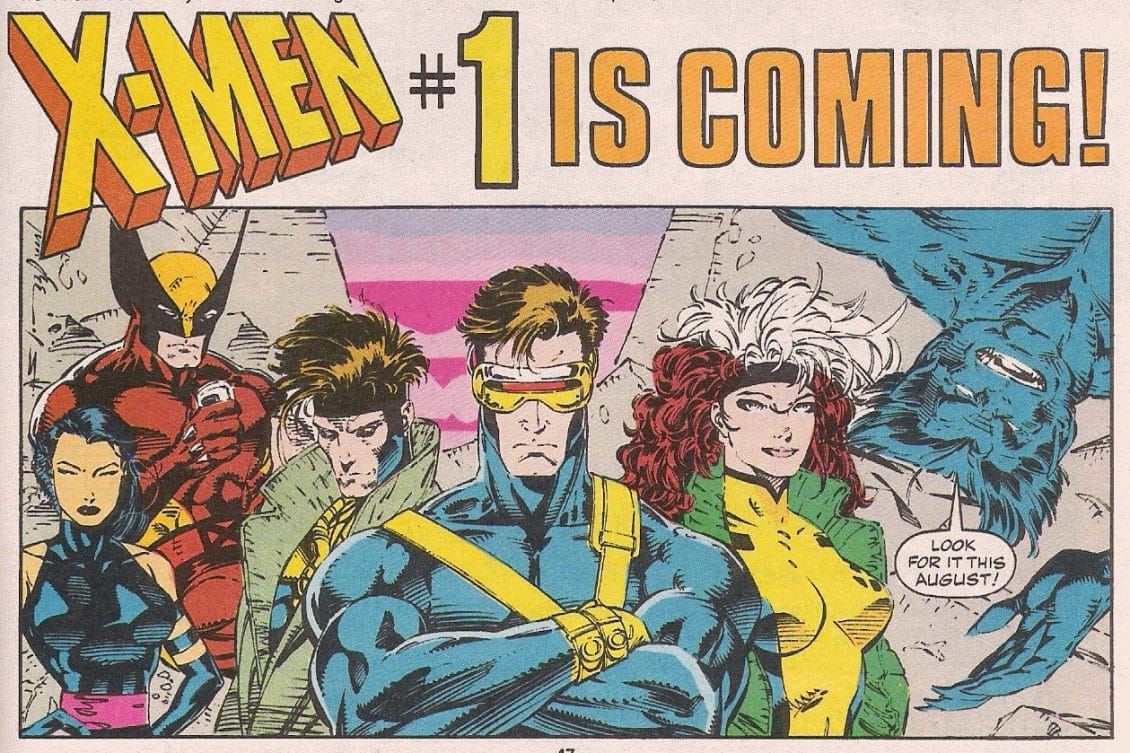


Writer Len Wein and artist Dave Cockrum introduced the new, fresh team to great success, leading to X-Men’s ongoing series finally receiving new stories starting with #94, co-written by Chris Claremont. While the first issue of the relaunch (Giant Size X-Men #1) introduced and explained a dramatic roster change, with new characters joining the X-Men such as Wolverine, Colossus and Storm. The cover of Giant Size X-Men #1 gave us the new X-Men roster literally replace the old roster (as seen in the background)įans familiar with the animated series of the 1990s will rejoice when reading the Bronze Age era of X-Men comics, as almost every major story arc was adapted very faithfully to the popular Saturday morning cartoon.

The boxset contains a decent chunk of Bronze Age material too… Individual issues go for a small fortune, so consider omnibus editions, epic collections or this brand new boxset released this month.

These issues hold historical significance, and are recommended for any X-Men collector, but the stories are lacking the gravity the X-Men are actually known for. #67 through #94 (December 1970 – August 1975) saw material reprinted as Marvel wanted to keep X-Men in print, but were unwilling to invest in new stories. In 1969, Batman legend Neal Adams took his turn illustrating X-Men in what was intended to be a relaunch of sorts, but the series failed to gain any momentum and new stories were scrapped after #66. Although Lee’s replacement, Roy Thomas, is arguably a better writer, Werner Roth, Jay Gavin and other good, solid artists just do not have the same swing as Kirby does today. Stan Lee only actually wrote the first nineteen issues of X-Men, and Jack Kirby penciled even fewer than that. So why wouldn’t we recommend the Silver Age as a jumping on point? A multitude of reasons. When the two worked together, their storytelling was explosive and rocked the industry, ushering in an era that changed the industry forever. Stan Lee was undoubtedly the figurehead for Marvel for a long time and it’s no secret Stan took almost full credit for creating the X-Men. Jack Kirby has a reputation among educated comic readers as THE creator of the Marvel Universe as we know it. Just to confuse you, though, we will start at the beginning. How best to do it, how to enjoy it and the pros and cons of each era. In this article we shall explore some main jumping on points for both reading and collecting the X-Men. But that’s another story for another time. As tempting as it may be, and as solid a reputation Stan Lee may have for creating everything you love about Marvel, which is again far from the truth. One would assume the best place to start reading or collecting X-Men would be at the very beginning. The first issue of ‘The X-Men’, dated September 1963.


 0 kommentar(er)
0 kommentar(er)
